Home>Articles>My Dishwasher Fills With Water When It Is Not Running
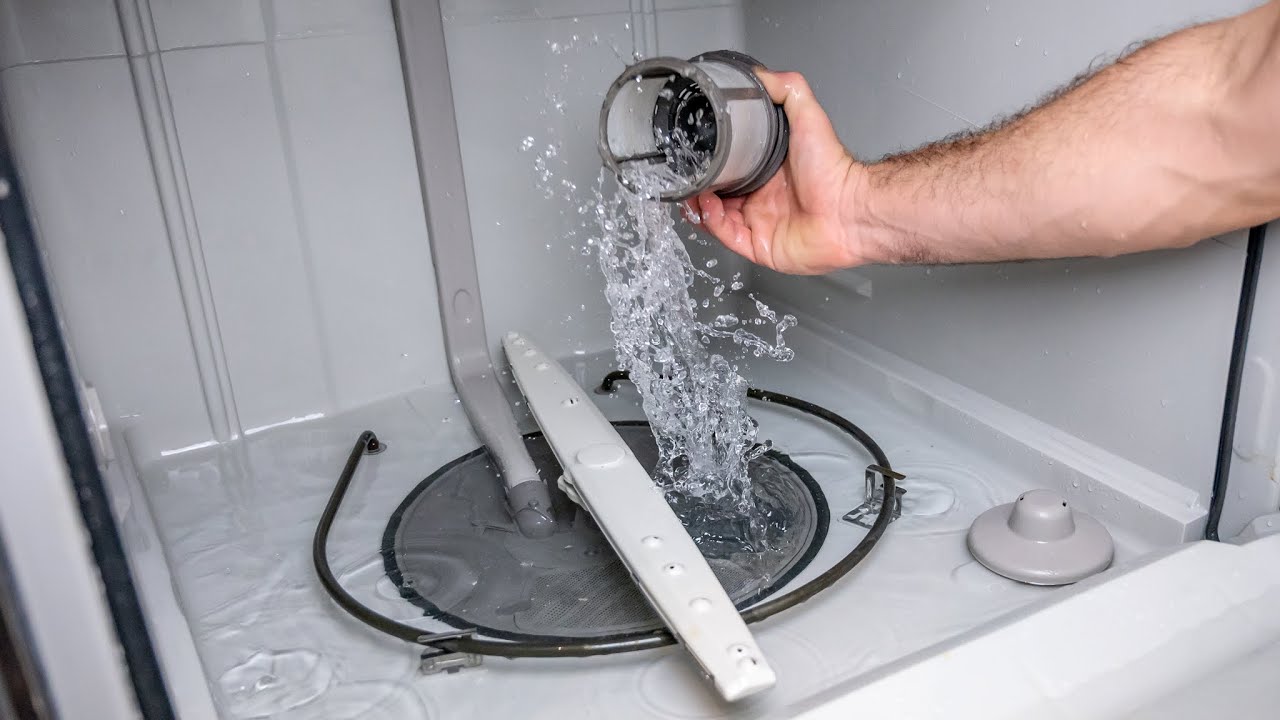

Articles
My Dishwasher Fills With Water When It Is Not Running
Modified: August 31, 2024
Discover helpful articles on why your dishwasher fills with water even when it is not running. Find solutions and troubleshooting tips to fix this issue.
(Many of the links in this article redirect to a specific reviewed product. Your purchase of these products through affiliate links helps to generate commission for Storables.com, at no extra cost. Learn more)
Introduction
A dishwasher is a convenient and time-saving appliance that simplifies our daily chores. However, encountering unexpected issues with your dishwasher can be frustrating, especially when it starts filling with water when it is not running. Not only does this create a mess, but it can also lead to potential damage to your appliance and surrounding areas.
In this article, we will explore the possible causes behind this issue and provide you with practical solutions to resolve it. By understanding the root causes and implementing the necessary steps, you can effectively tackle the problem and ensure your dishwasher functions optimally.
Let’s dive into the possible causes of why your dishwasher is filling with water when it is not running.
Key Takeaways:
- Keep your dishwasher in top condition by regularly checking and cleaning the water inlet valve, drain system, float switch, and door seal to prevent water filling when not in use.
- If your dishwasher fills with water when not running, troubleshoot and resolve the issue by inspecting and repairing the water inlet valve, clearing clogged drains, checking the float switch, and replacing the door seal.
Read more: Washer Filling With Water When Off
Possible Causes
When your dishwasher fills with water even when it is not running, several underlying issues could be responsible. Here are the most common causes to consider:
- Faulty Water Inlet Valve: The water inlet valve is responsible for regulating the water flow into the dishwasher. If it gets stuck in the open position or malfunctions, water may continuously fill the dishwasher, even when it is turned off.
- Clogged Drainage System: A clogged drainage system can prevent the water from properly draining out of the dishwasher. This can cause water to accumulate and fill the appliance, even when it is not in use.
- Malfunctioning Float Switch: The float switch is a small device located at the bottom of the dishwasher. Its purpose is to monitor the water level inside the appliance. If the float switch becomes faulty or gets stuck in the raised position, it can trick the dishwasher into thinking that it needs more water, leading to continuous filling.
- Worn Out or Damaged Door Seal: The door seal is essential for creating a watertight seal when the dishwasher is in use. If it becomes worn out or damaged, water may leak into the appliance even when it is not running.
Now that we have identified the possible causes let’s move on to the solutions that can help rectify the issue.
Faulty Water Inlet Valve
One of the possible causes for your dishwasher filling with water when it is not running is a faulty water inlet valve. The water inlet valve is responsible for controlling the flow of water into the dishwasher. If it gets stuck in the open position or malfunctions, water can continuously fill the appliance.
To determine if the water inlet valve is the culprit, you can perform a simple test. Start by locating the water inlet valve, which is usually located near the bottom of the dishwasher behind the access panel. Check if there are any visible signs of damage or obstruction. If everything looks normal, proceed with the following steps:
- Disconnect the dishwasher from the power source and turn off the water supply.
- Remove the access panel and locate the water inlet valve.
- Carefully remove the wires connected to the valve, taking note of their positions.
- Use a multimeter to test the water inlet valve for continuity. If it does not have continuity, it is likely faulty and needs to be replaced.
If you determine that the water inlet valve is indeed faulty, you will need to replace it. You can find a compatible replacement valve either online or at an appliance parts store. Follow these steps to replace the water inlet valve:
- Turn off the water supply and disconnect the dishwasher from the power source.
- Locate the water inlet valve and disconnect the water supply line.
- Disconnect the wires connected to the valve.
- Remove any mounting screws or brackets holding the valve in place.
- Install the new water inlet valve by reversing the steps above.
- Once everything is securely in place, reconnect the dishwasher to the power source and turn on the water supply.
By replacing the faulty water inlet valve, you can address the issue of your dishwasher filling with water when it is not running. However, if the problem persists, there may be other underlying causes that need to be investigated.
Clogged Drainage System
Another common cause of a dishwasher filling with water when it is not running is a clogged drainage system. Over time, food particles, debris, and mineral deposits can accumulate in the dishwasher’s drain hose, filter, or pump, obstructing the proper flow of water. This can result in water pooling and filling the dishwasher, even when it is not in use.
To address a clogged drainage system, follow these steps:
- Start by turning off the power to the dishwasher.
- Locate the dishwasher’s drain hose, typically found underneath the sink.
- Disconnect the drain hose from both the dishwasher and the sink drain.
- Inspect the drain hose for any signs of clogs or obstructions. Use a flashlight to get a better view.
- If you notice any clogs, use a long, flexible brush or a plumber’s snake to break up and remove the debris.
- Next, remove the dishwasher’s filter, which is usually located at the bottom of the appliance.
- Clean the filter thoroughly with a brush and warm, soapy water to remove any dirt or food particles.
- Additionally, check the pump for any clogs or blockages. Refer to the manufacturer’s manual for specific instructions on accessing and cleaning the pump.
- Once you have cleared any clogs and cleaned the drain hose, filter, and pump, reassemble everything in the reverse order.
- Turn on the power to the dishwasher and run a cycle to check if the issue has been resolved.
Regular maintenance of your dishwasher, including cleaning the drain system, can help prevent future clogs and ensure its smooth operation. If, after following these steps, the dishwasher continues to fill with water when not running, it’s advisable to consult a professional technician for further assistance.
Now that we have explored the possible causes related to a clogged drainage system, let’s move on to other potential reasons for your dishwasher filling with water when it is not in use.
Malfunctioning Float Switch
A malfunctioning float switch can also be a reason why your dishwasher fills with water when it is not running. The float switch is a small device located at the bottom of the dishwasher tub, near the front. Its primary function is to monitor the water level inside the dishwasher.
When the dishwasher is operating, the float switch is activated by a floating mechanism. As the water level rises, the float rises as well, and the switch is triggered to stop the flow of water. However, if the float switch becomes faulty or gets stuck in the raised position, it can trick the dishwasher into thinking it needs more water, causing the appliance to continuously fill with water even when it is not in use.
To troubleshoot and potentially resolve issues related to a malfunctioning float switch, follow these steps:
- Start by turning off the power to the dishwasher.
- Locate the float switch, which is typically found at the front, near the bottom of the tub.
- Inspect the float switch for any signs of damage, such as cracks or loose connections. Ensure that it is not stuck in the raised position.
- If you notice any damage, you may need to replace the float switch. Consult the manufacturer’s manual or a professional technician for guidance on the specific replacement process.
- Test the functionality of the float switch by gently lifting and lowering it. You should hear a clicking sound as you move it up and down. If you don’t hear any clicking or it is difficult to move, the float switch may need to be replaced.
- Ensure that the area around the float switch is clear of any debris or obstructions that could be preventing its proper movement.
- If the float switch appears to be working fine, the issue might be with other components such as the control board or water inlet valve. It might be necessary to consult a professional technician for further diagnosis and repair.
By troubleshooting and addressing any issues related to the float switch, you can potentially resolve the problem of your dishwasher filling with water when it is not running. If the issue persists, it’s recommended to seek professional assistance to identify and rectify the underlying cause.
Now, let’s move on to the next possible cause of your dishwasher filling with water when not in use.
Worn Out or Damaged Door Seal
A worn out or damaged door seal can also contribute to your dishwasher filling with water when it is not running. The door seal, also known as a gasket or door gasket, is responsible for creating a watertight seal when the dishwasher is in use. Over time, the seal can become worn out, torn, or damaged, leading to water leakage into the appliance.
To determine if the door seal is causing the issue, follow these steps:
- Start by inspecting the door seal for any visible signs of damage. Look for cracks, tears, or deformities in the seal.
- Moisture or water stains around the edges of the dishwasher door may indicate a faulty seal.
- If any damage is detected, you will likely need to replace the door seal. Consult the manufacturer’s manual or seek professional assistance for the specific replacement process.
- Before replacing the door seal, make sure the dishwasher is turned off and disconnected from the power supply.
- Depending on the make and model of your dishwasher, removing the old door seal may vary. Refer to the manufacturer’s manual for detailed instructions on how to remove and replace the seal.
- Once the damaged seal is removed, thoroughly clean the area before installing the new seal.
- Carefully install the new door seal, ensuring it is properly aligned and securely fitted.
- Follow the manufacturer’s instructions for any additional steps or adjustments required for the specific door seal replacement.
- After completing the installation, reconnect the dishwasher to the power supply and check for any water leakage.
By replacing a worn out or damaged door seal, you can restore the proper seal of your dishwasher, preventing water from seeping in when the appliance is not in use. If the issue persists even after changing the door seal, it may be necessary to seek professional help to identify and resolve any other underlying causes.
Now that we have addressed the possible causes and provided solutions for your dishwasher filling with water when it is not running, you are equipped with the knowledge to troubleshoot and resolve the issue. By taking the necessary steps and implementing the appropriate solutions, you can ensure the optimal performance of your dishwasher and avoid any further inconveniences.
Remember, if you are unsure or uncomfortable with performing any repairs or replacements yourself, it is always advisable to seek the assistance of a professional technician.
Check the dishwasher’s float switch and inlet valve for any malfunctions. A faulty float switch may not be shutting off the water, while a defective inlet valve may be allowing water to enter even when the dishwasher is not running.
Solutions
Now that we have explored the possible causes of your dishwasher filling with water when it is not running, it’s time to discuss the solutions to address this issue. Depending on the specific cause, you can try the following solutions:
- Clean or Replace Water Inlet Valve: If a faulty water inlet valve is causing the problem, you can clean it to remove any debris or sediment that might be obstructing its proper functioning. Alternatively, if the valve is damaged or malfunctioning, it will need to be replaced with a new one.
- Clear Clogged Drainage System: If a clogged drainage system is the culprit, you can manually remove any debris or obstruction from the drain hose, filter, or pump. Regularly cleaning and maintaining these components can help prevent future clogs.
- Check and Repair Float Switch: In the case of a malfunctioning float switch, you can check for any visible damage and ensure it is not stuck in the raised position. If necessary, replace the float switch to restore its proper functionality.
- Inspect and Replace Door Seal: If a worn out or damaged door seal is causing water leakage, replacing it with a new one will restore the proper seal of the dishwasher.
It’s important to remember that these solutions may differ depending on the specific make and model of your dishwasher. Always refer to the manufacturer’s manual or consult a professional technician for model-specific instructions.
By taking the appropriate steps and implementing these solutions, you can effectively resolve the issue of your dishwasher filling with water when it is not running. However, if the problem persists or if you are unsure about performing any repairs yourself, it is always recommended to seek the assistance of a qualified technician.
Regular maintenance, such as cleaning filters, checking water inlet valves, and inspecting door seals, can also help prevent future problems and ensure the optimal performance of your dishwasher.
By following these solutions and practicing proper maintenance, you can enjoy the convenience and efficiency of your dishwasher without the hassle of unexpected water filling when it is not in use.
Now, armed with this knowledge, you can confidently troubleshoot and resolve issues with your dishwasher, keeping it in excellent working condition for years to come.
Clean or Replace Water Inlet Valve
If you suspect that a faulty water inlet valve is causing your dishwasher to fill with water when it is not running, there are steps you can take to address the issue. The water inlet valve is responsible for controlling the flow of water into the dishwasher, and if it malfunctions or gets stuck in the open position, water can continuously fill the appliance even when it is turned off.
To determine if the water inlet valve is the culprit, follow these steps:
- Turn off the power to the dishwasher and disconnect it from the power source.
- Locate the water inlet valve, which is typically found at the back of the dishwasher near the water supply connection.
- Inspect the valve for any visible signs of damage or corrosion.
- If the valve appears dirty or clogged, you can try cleaning it to remove any debris or sediment that may be obstructing its proper functioning.
- Gently detach the water inlet valve from the water supply line using an adjustable wrench or pliers.
- Clean the valve by rinsing it with warm water and mild soap. Use a soft brush to remove any stubborn dirt or debris.
- Thoroughly rinse the valve to ensure all cleaning residue is removed.
- Inspect the valve once more to ensure it is clean and free of any obstructions.
- If cleaning the water inlet valve does not resolve the issue, it may be necessary to replace it.
- Refer to the manufacturer’s instructions or seek professional assistance to determine the correct replacement water inlet valve for your specific dishwasher model.
- Install the new water inlet valve by following the manufacturer’s instructions carefully.
- Once the new valve is securely in place, reconnect the dishwasher to the power source and turn on the water supply.
Cleaning or replacing the water inlet valve can effectively resolve the issue of your dishwasher filling with water when it is not running. By ensuring proper water flow control, you can prevent water from continuously filling the appliance and potentially causing damage.
Remember, if you are uncomfortable or unsure about performing these steps yourself, it is always recommended to seek the assistance of a professional technician.
Now that you are aware of the steps involved in cleaning or replacing the water inlet valve, you can take action to resolve the issue and restore your dishwasher to its normal functioning.
Clear Clogged Drainage System
If you find that your dishwasher is filling with water when it is not running, a clogged drainage system could be the culprit. Over time, food particles, debris, and mineral deposits can accumulate in the dishwasher’s drain hose, filter, or pump, obstructing the proper flow of water and causing it to fill up even when not in use.
To address a clogged drainage system, follow these steps:
- Turn off the power to the dishwasher and unplug it from the electrical outlet.
- Locate the drain hose, which is typically connected to the sink’s drain or disposal unit.
- Disconnect the drain hose from both the dishwasher and the sink drain.
- Inspect the drain hose for any visible clogs or obstructions.
- If you notice any debris or blockages, use a long, flexible brush or a plumber’s snake to carefully remove the buildup.
- After clearing the drain hose, check the dishwasher’s filter, usually located at the bottom of the appliance.
- Remove the filter and clean it thoroughly under running water, removing any trapped food particles or sediment.
- Inspect the pump area for any remaining clogs or blockages. Refer to the manufacturer’s manual for proper access to the pump.
- If you find any obstructions in the pump, use a small brush or your fingers to remove them carefully.
- Once you have cleared the clogs and cleaned the drain hose, filter, and pump, reconnect everything in the reverse order.
- Ensure that all connections are tight and secure.
- Plug the dishwasher back into the electrical outlet and turn on the power.
By following these steps, you can clear any clogs in the drainage system and restore proper water flow in your dishwasher. Regularly cleaning the drain hose, filter, and pump can help prevent future clogs and maintain the efficient operation of your appliance.
If the problem persists or you’re unsure about performing the steps yourself, it may be necessary to seek professional assistance to ensure a thorough clearing of the clogged drainage system.
Now that you know how to clear a clogged drainage system, you can take action to address the issue and prevent your dishwasher from filling with water when it is not in use.
Read more: Toilet Bowl Fills With Water When Flushed
Check and Repair Float Switch
If your dishwasher is filling with water when it is not running, a malfunctioning float switch could be to blame. The float switch is a small device located at the bottom of the dishwasher tub near the front. Its purpose is to monitor the water level inside the appliance.
To check and repair the float switch, follow these steps:
- Turn off the power to the dishwasher and unplug it from the electrical outlet.
- Locate the float switch, which is typically a small, round or rectangular-shaped device at the front of the dishwasher tub.
- Inspect the float switch for any visible signs of damage or obstruction.
- Ensure that the float, which is attached to the switch, moves up and down freely without any restrictions.
- If the float switch appears damaged or stuck in the raised position, it may need to be replaced. Consult the manufacturer’s manual or seek professional assistance to find the correct replacement part.
- If the float switch seems to be in good condition, test its functionality by gently lifting and lowering the float. You should hear a clicking sound as the switch engages and disengages.
- If there is no clicking sound or if the float switch is stuck in the raised position, it may require repair.
- Refer to the manufacturer’s manual or seek professional assistance for specific instructions on how to repair the float switch.
- It’s also important to check for any obstructions, such as debris or buildup, that might be hindering the movement of the float. Remove any obstructions carefully with a soft brush or cloth.
- Once any repairs or adjustments have been made, reconnect the dishwasher to the power source and turn it on to test the float switch’s functionality.
If the issue persists even after attempting to repair the float switch, it may be necessary to consult a professional technician who can thoroughly diagnose the problem and provide the appropriate solution.
By checking and repairing the float switch, you can ensure that it accurately detects the water level in your dishwasher and prevents any unnecessary filling when the appliance is not in use.
Now that you have the knowledge to check and repair the float switch, you can take the necessary steps to resolve the issue and restore proper functionality to your dishwasher.
Inspect and Replace Door Seal
If your dishwasher is filling with water when it is not running, a worn out or damaged door seal could be the cause. The door seal, also known as a gasket, is responsible for creating a watertight seal when the dishwasher is in use. Over time, the door seal can wear out or become damaged, leading to water leakage into the appliance.
To inspect and replace the door seal, follow these steps:
- Turn off the power to the dishwasher and unplug it from the electrical outlet.
- Open the dishwasher door and carefully inspect the door seal for any visible signs of wear, tears, or damage.
- If you notice any damage or wear, it is likely that the door seal needs to be replaced.
- Refer to the manufacturer’s manual or consult a professional technician to find the correct replacement door seal for your specific dishwasher model.
- Once you have the replacement door seal, start by removing the old seal. This may involve gently pulling it out from the retaining groove or releasing any clips or fasteners that secure it in place.
- Clean the area around the seal thoroughly to remove any dirt or residue.
- Take the new door seal and carefully insert it into the retaining groove, making sure it is aligned properly.
- Press the seal firmly to ensure a secure fit and that it is evenly positioned along the entire door perimeter.
- Inspect the seal to check for any gaps or areas that are not properly seated. Adjust as necessary to achieve a snug fit.
- Once the new seal is in place, plug the dishwasher back into the electrical outlet and turn on the power.
- Close the dishwasher door and run a short cycle to verify that the new door seal is preventing any water leakage.
By inspecting and replacing a worn out or damaged door seal, you can restore the proper seal of your dishwasher and prevent water from leaking into the appliance when it is not in use.
If you are unsure or uncomfortable with replacing the door seal yourself, it is recommended to seek the assistance of a professional technician to ensure a proper installation.
Now that you have the knowledge to inspect and replace the door seal, you can take action to address the issue and ensure a watertight seal for your dishwasher.
Conclusion
Encountering a dishwasher that fills with water when it is not running can be a frustrating and inconvenient problem. However, by identifying the possible causes and implementing the appropriate solutions, you can resolve the issue and ensure the optimal performance of your dishwasher.
In this article, we explored the possible causes of a dishwasher filling with water when it is not in use. These include a faulty water inlet valve, a clogged drainage system, a malfunctioning float switch, or a worn out/damaged door seal.
To address these causes, we provided step-by-step solutions. These solutions involved cleaning or replacing the water inlet valve, clearing the clogged drainage system, checking and repairing the float switch, as well as inspecting and replacing the door seal.
It’s important to note that each dishwasher model may have specific instructions or differences in the replacement process, so always consult the manufacturer’s manual or seek professional assistance if needed.
Regular maintenance of your dishwasher, such as cleaning filters and inspecting components, can also help prevent future issues and prolong the lifespan of the appliance.
If you are uncertain about performing repairs yourself or if the problem persists after attempting the solutions, it is advisable to contact a professional technician for further assistance.
By taking the appropriate steps and addressing the underlying causes, you can successfully resolve the issue of your dishwasher filling with water when it is not running. This will not only save you from potential damage and mess but also ensure that your dishwasher remains a reliable and efficient appliance in your kitchen.
Remember, proper maintenance and prompt attention to any issues will help keep your dishwasher running smoothly and extend its lifespan, allowing you to enjoy clean and sparkling dishes without the worry of unexpected water filling.
Now that you've got a handle on solving dishwasher issues, why stop there? Dive deeper into household dilemmas with our guide on common dishwasher problems. Keeping your home in tip-top shape doesn't end in the kitchen. Discover essential home maintenance routines to ensure every corner of your space is looking and functioning at its best. From the basement to the attic, we've got practical tips ready for you.
Frequently Asked Questions about My Dishwasher Fills With Water When It Is Not Running
Was this page helpful?
At Storables.com, we guarantee accurate and reliable information. Our content, validated by Expert Board Contributors, is crafted following stringent Editorial Policies. We're committed to providing you with well-researched, expert-backed insights for all your informational needs.
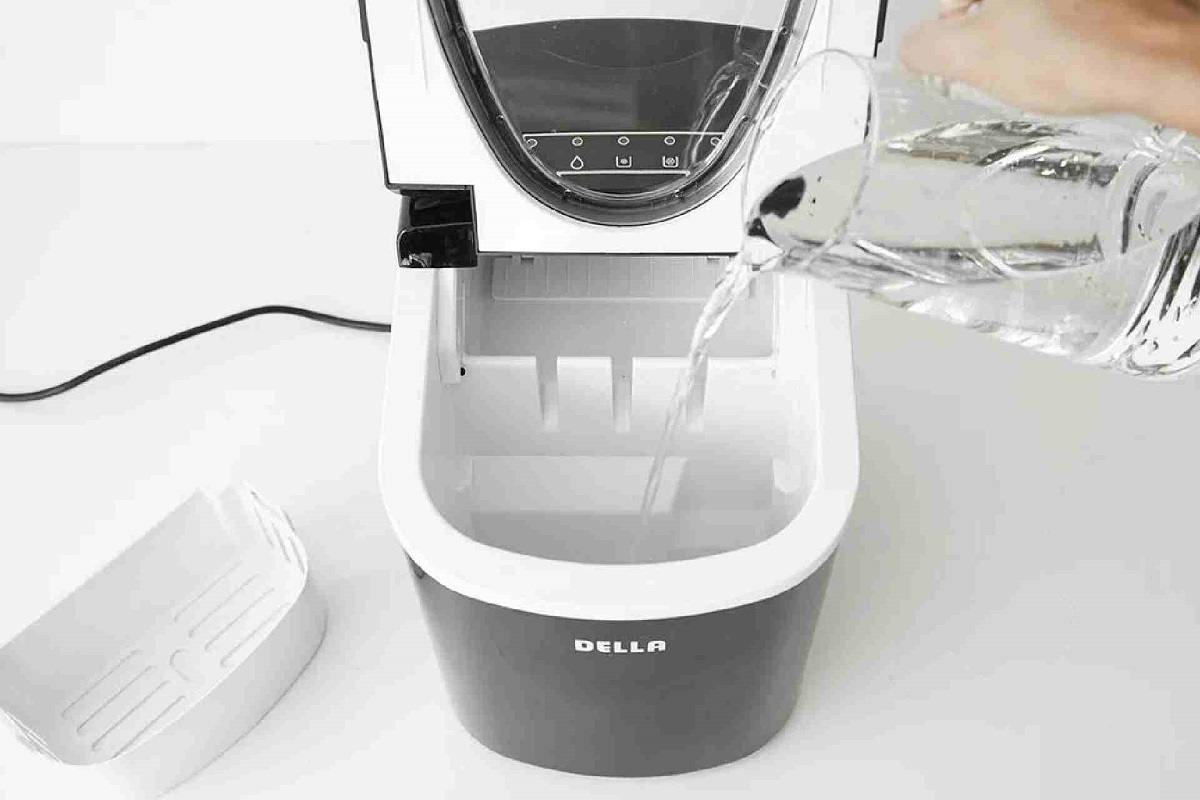
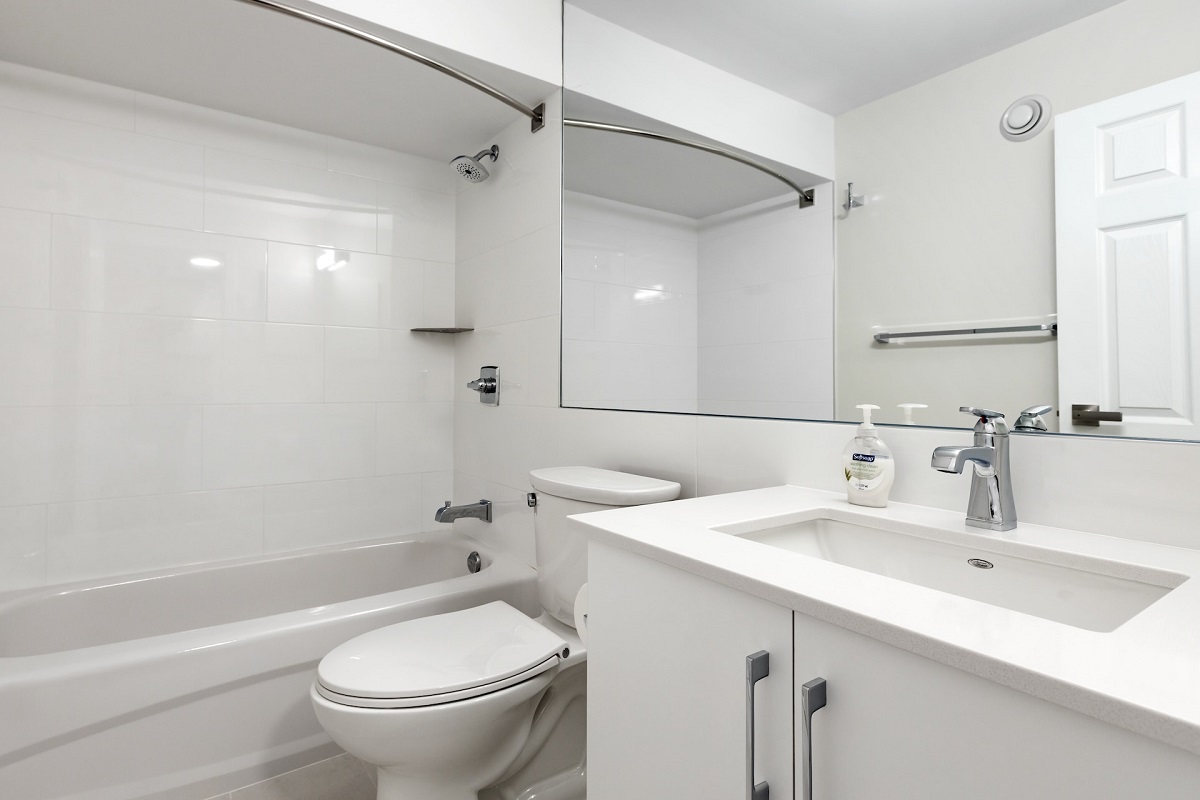
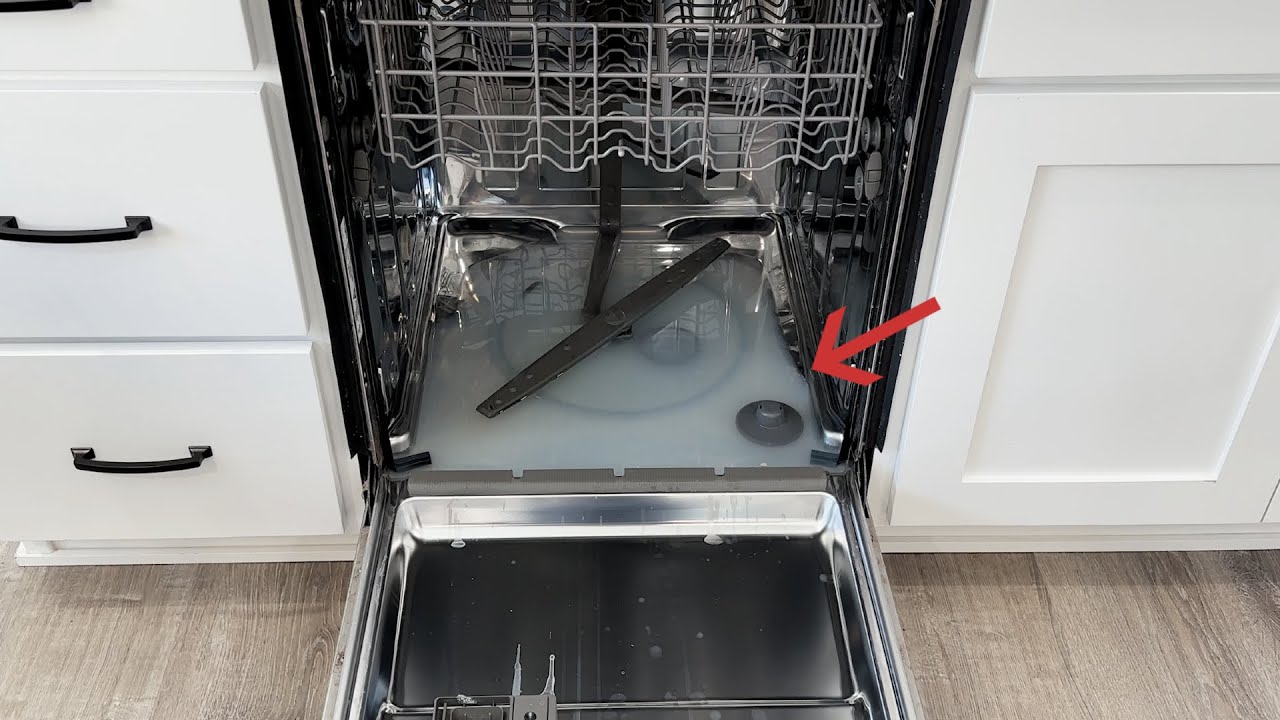

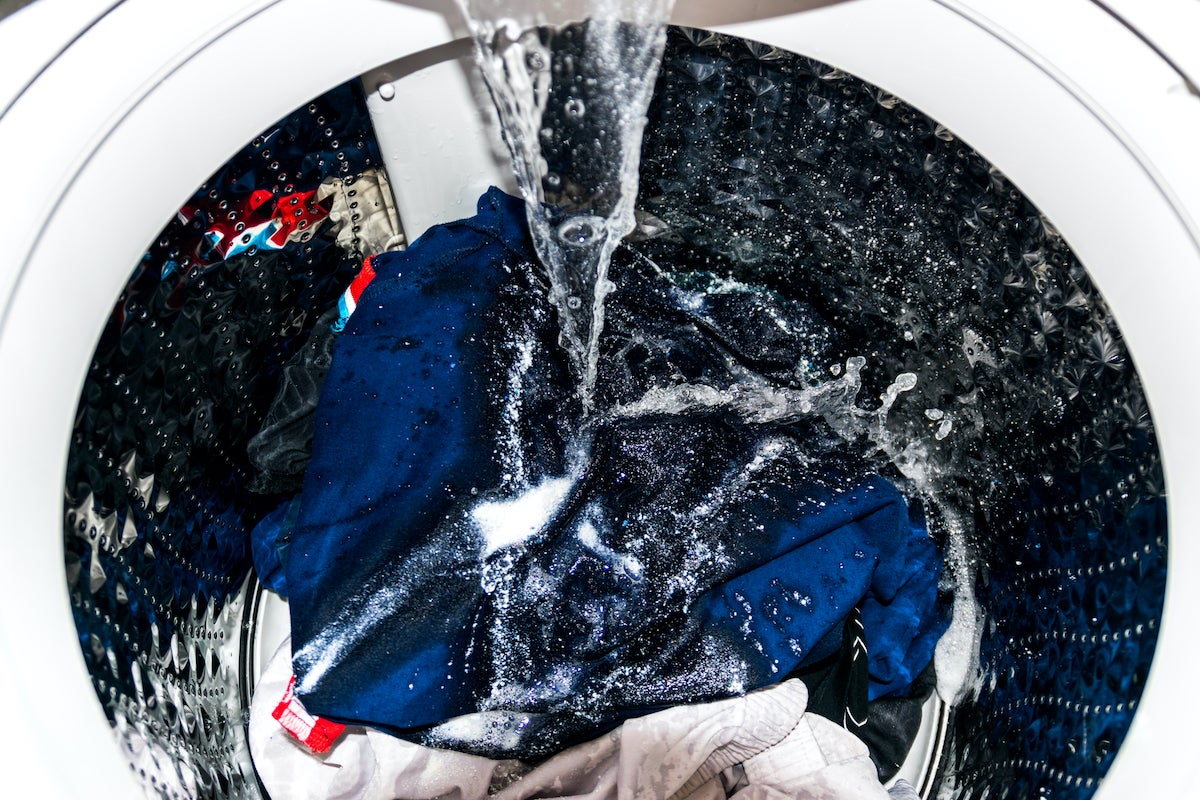
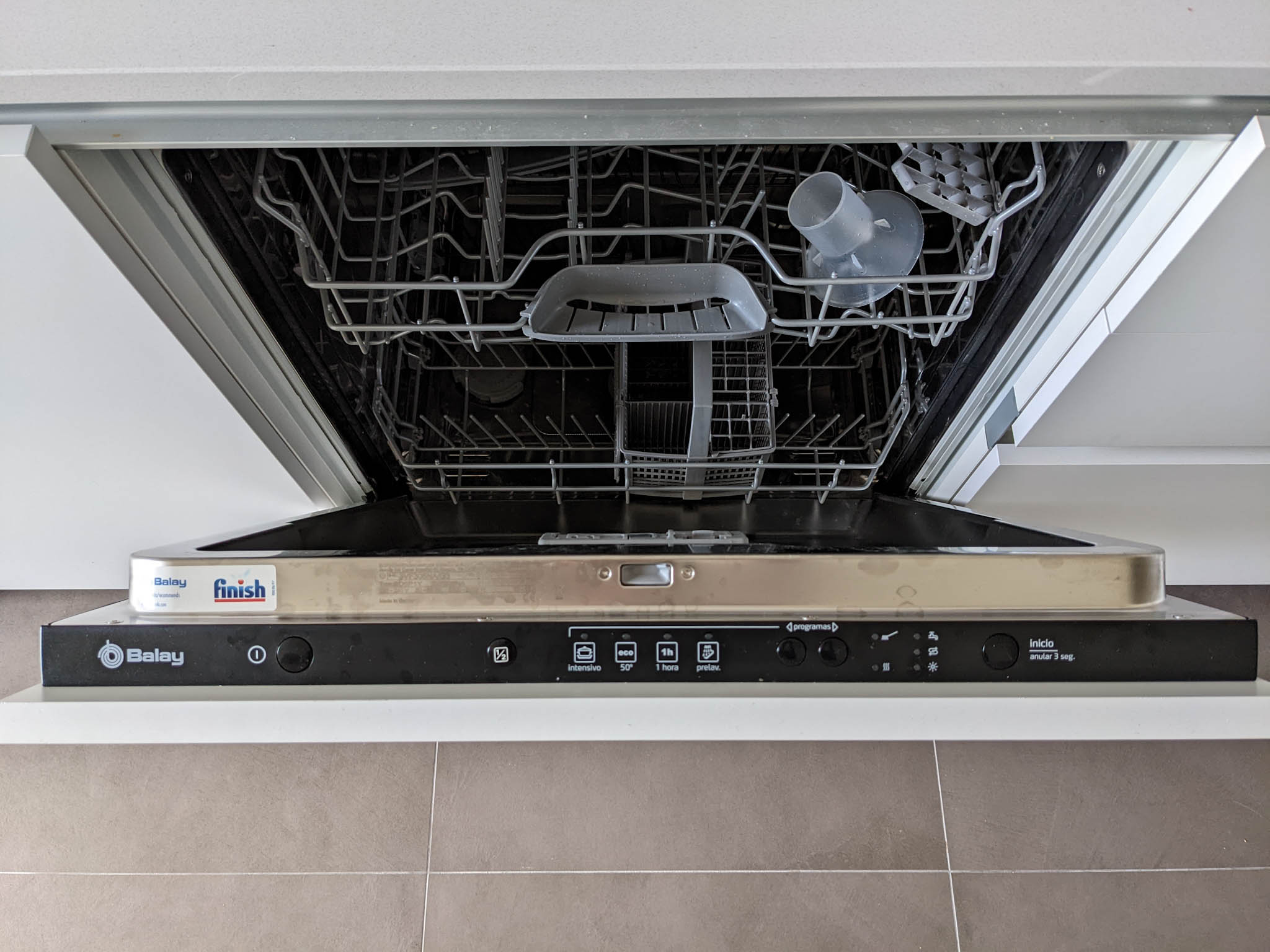
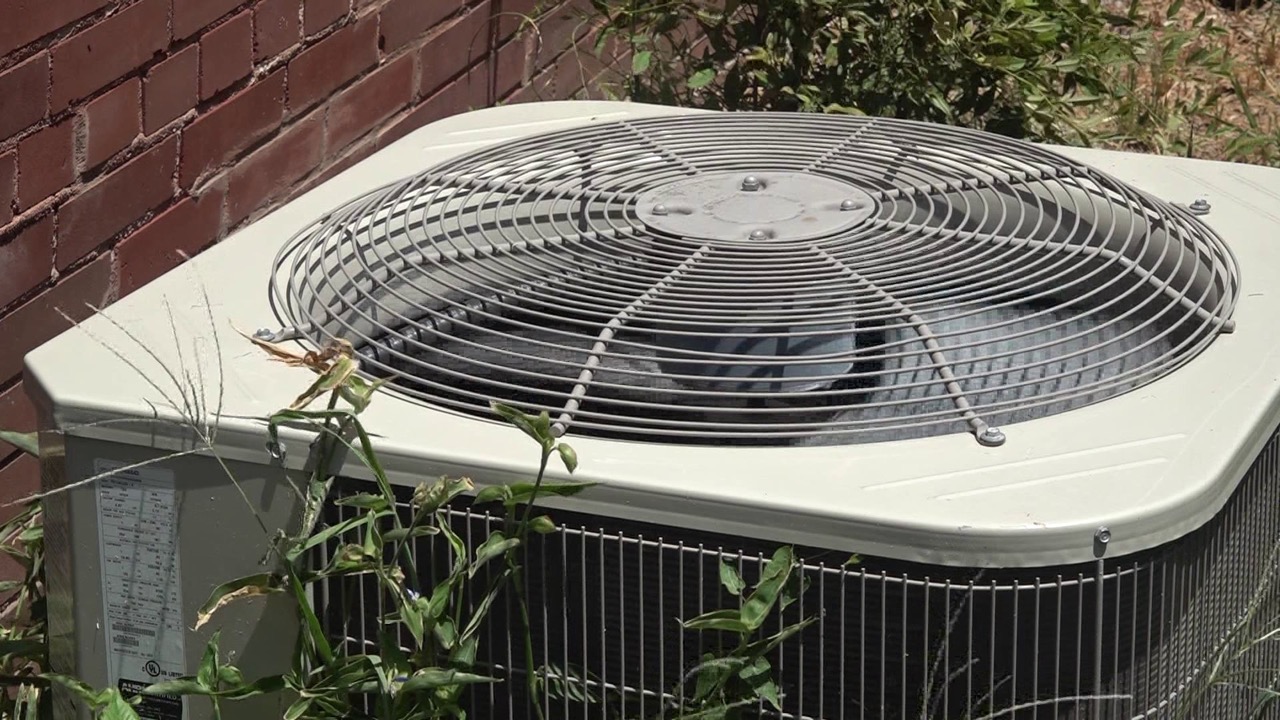
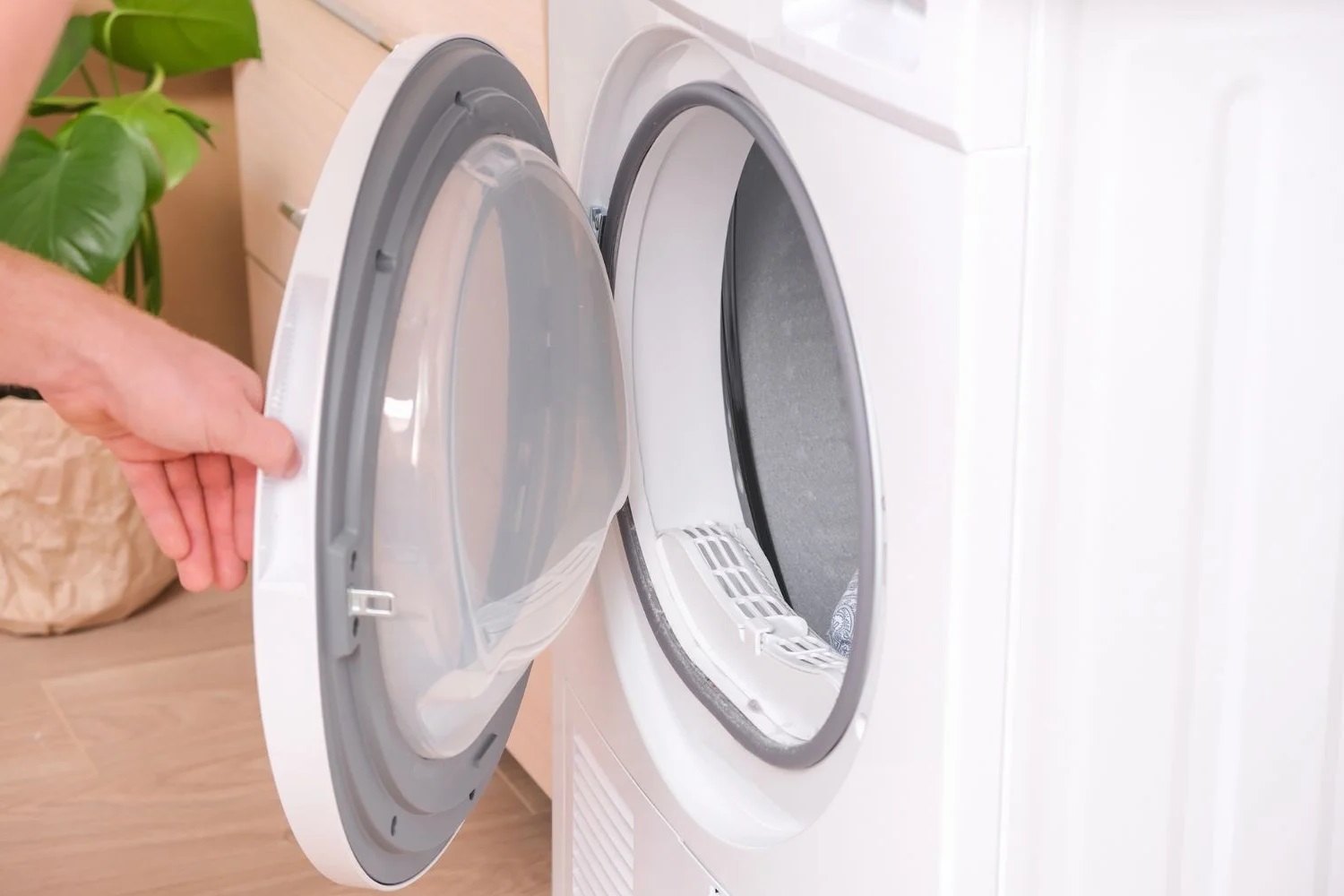
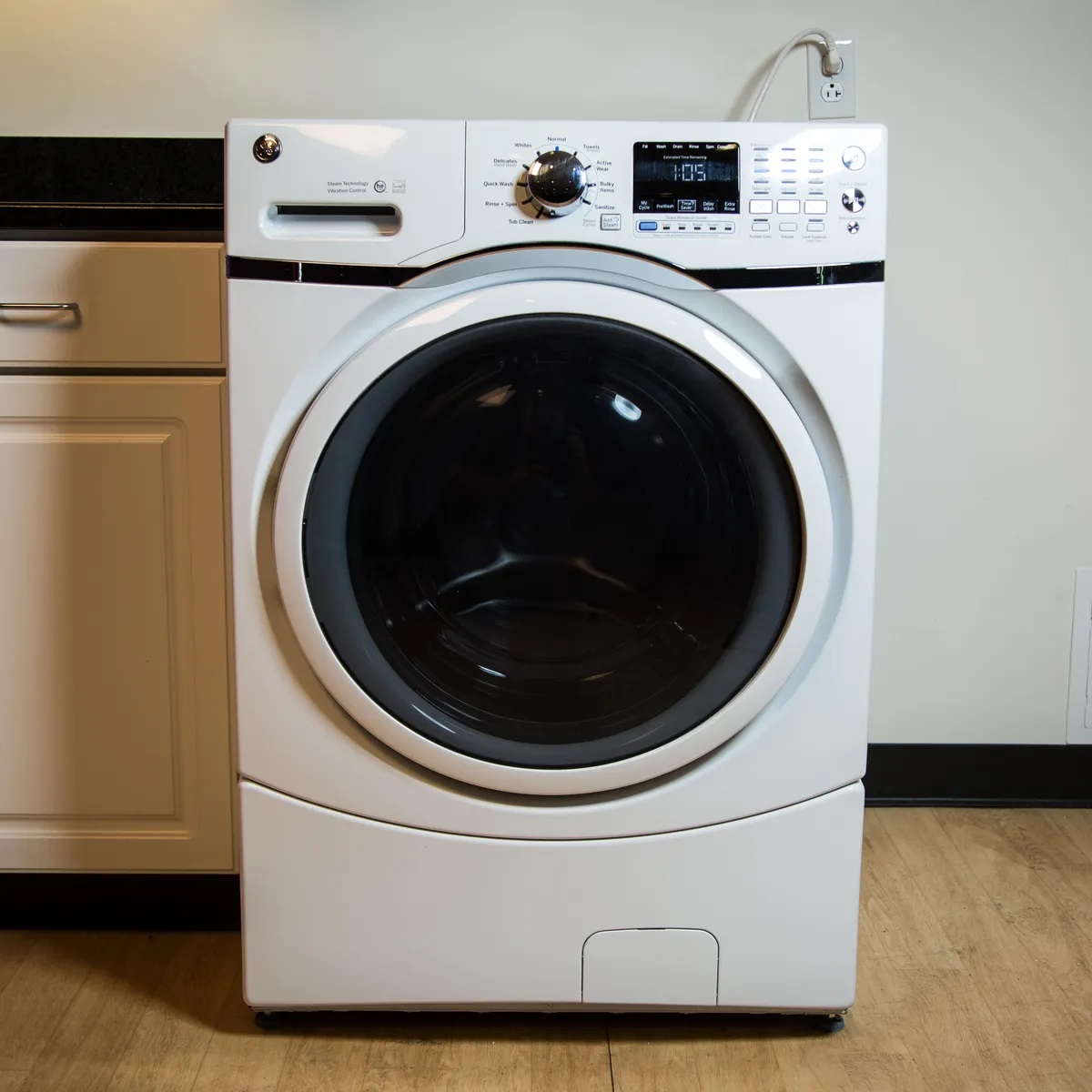
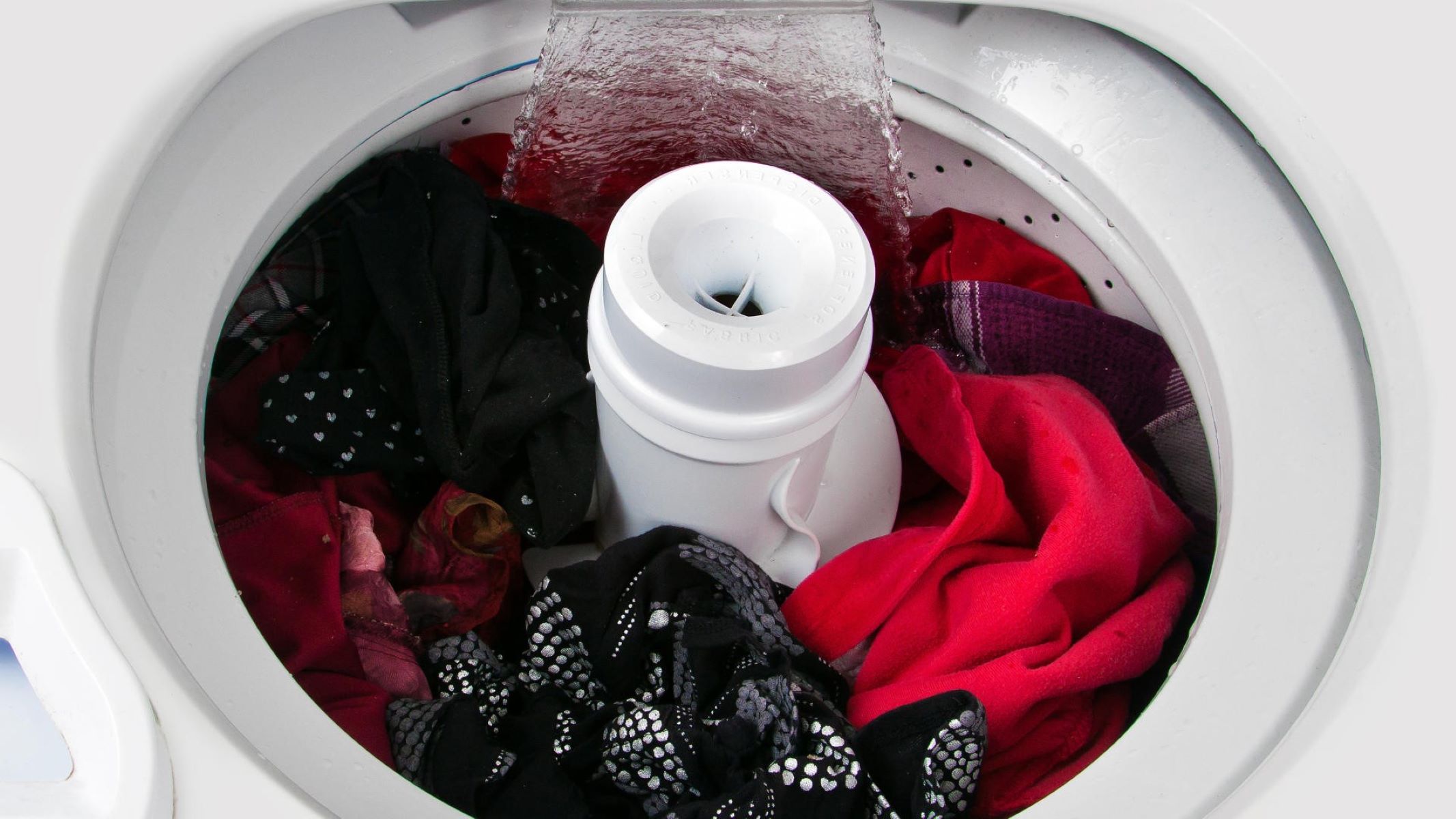
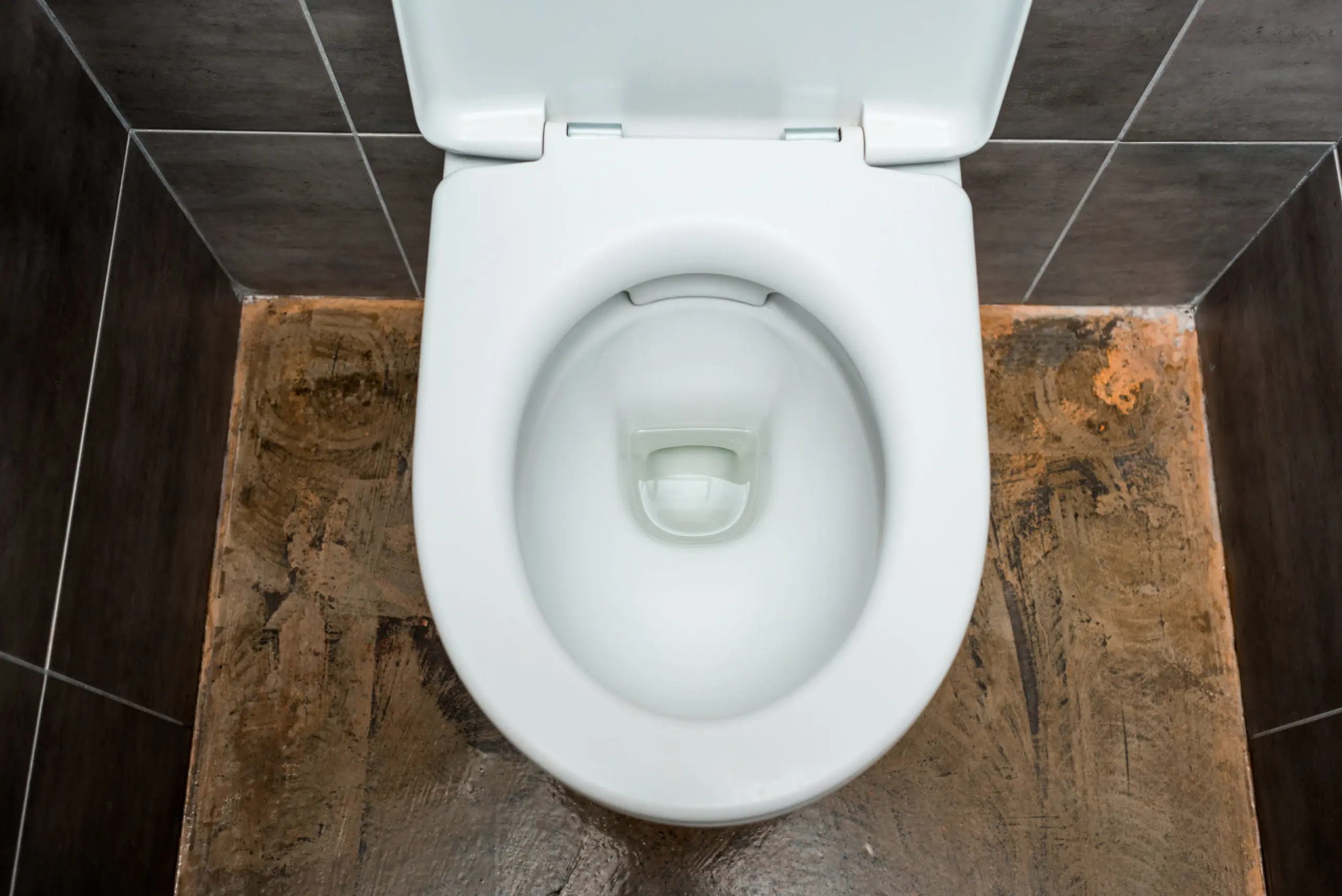
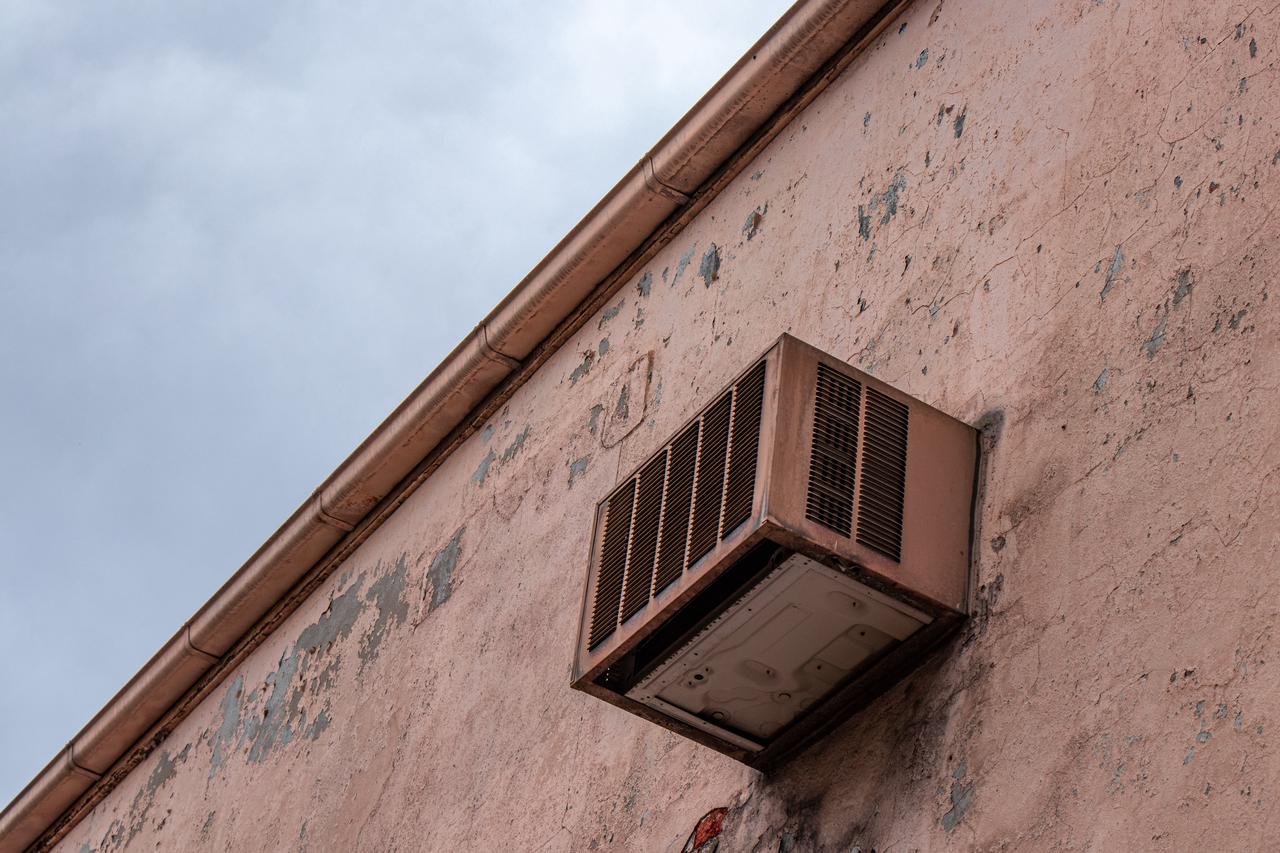
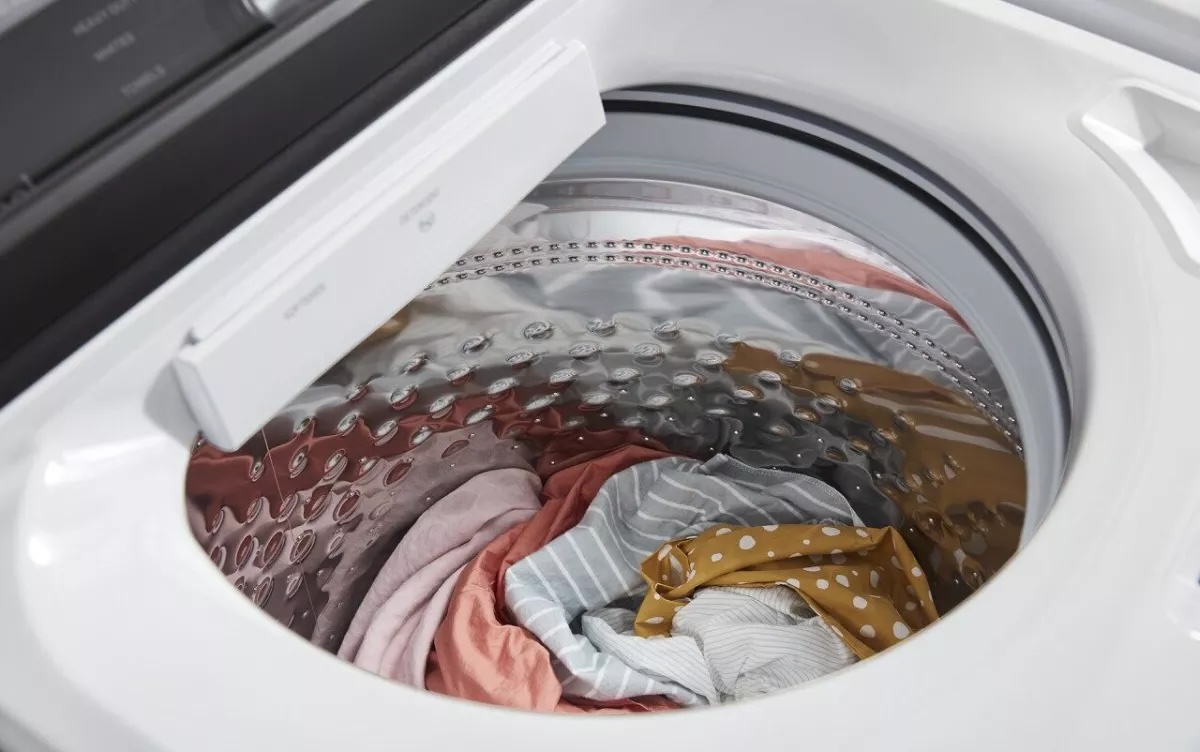

0 thoughts on “My Dishwasher Fills With Water When It Is Not Running”